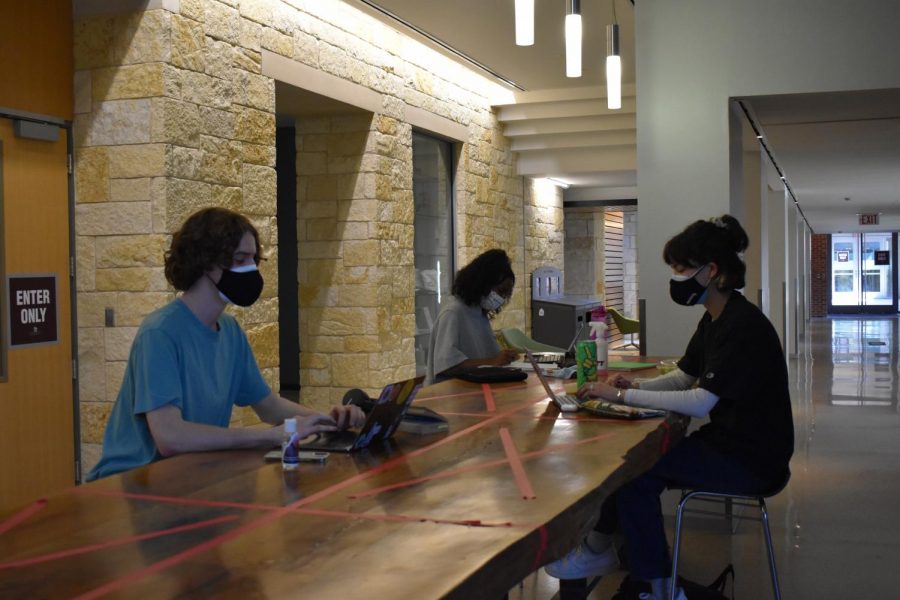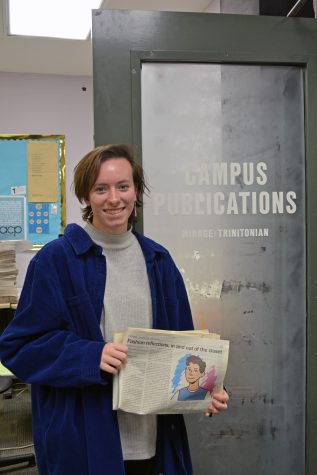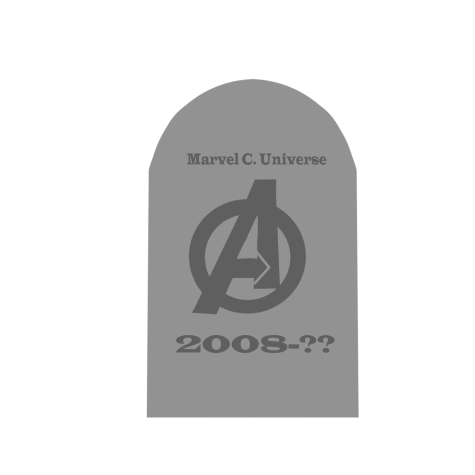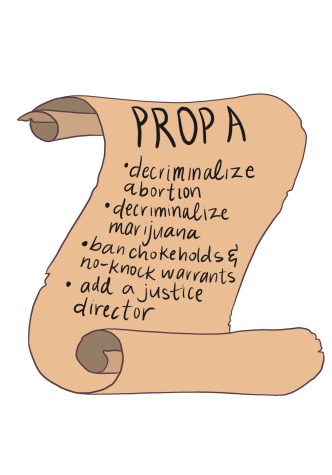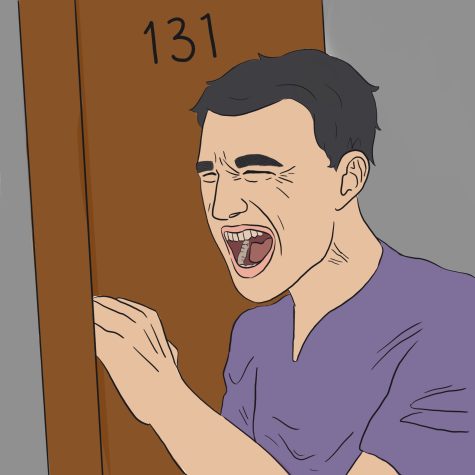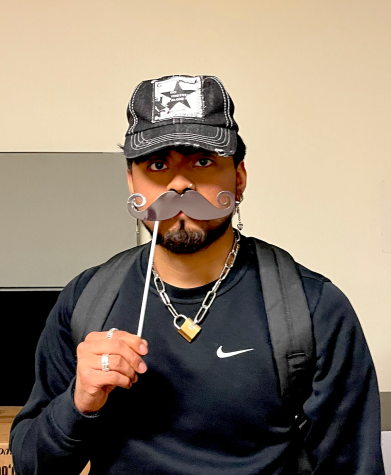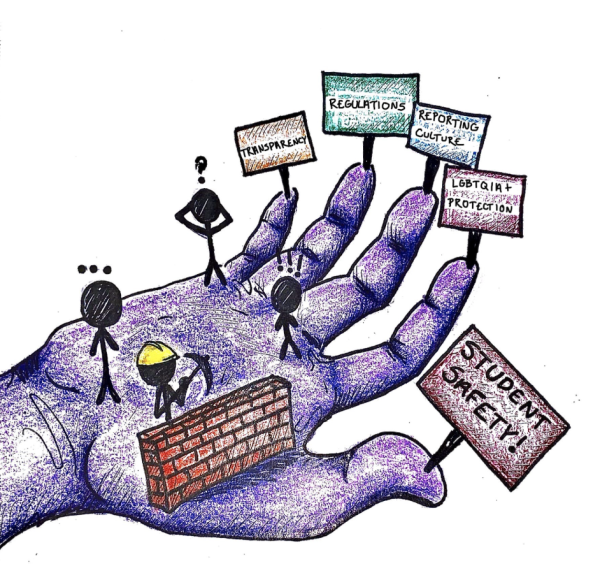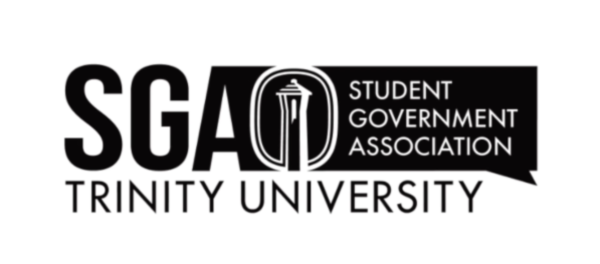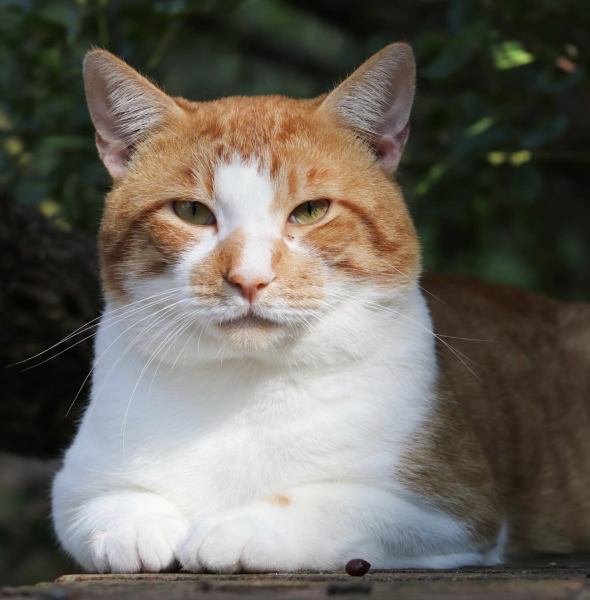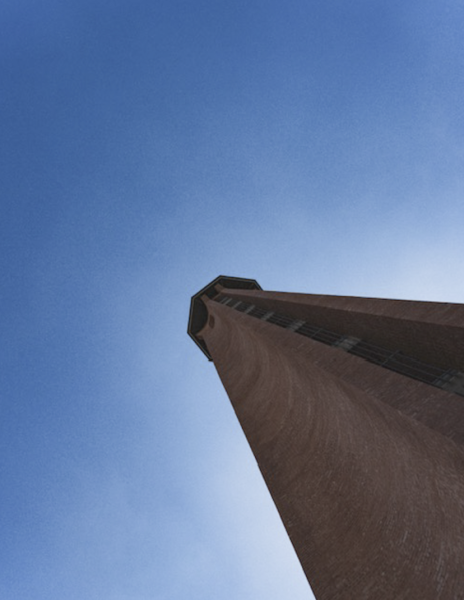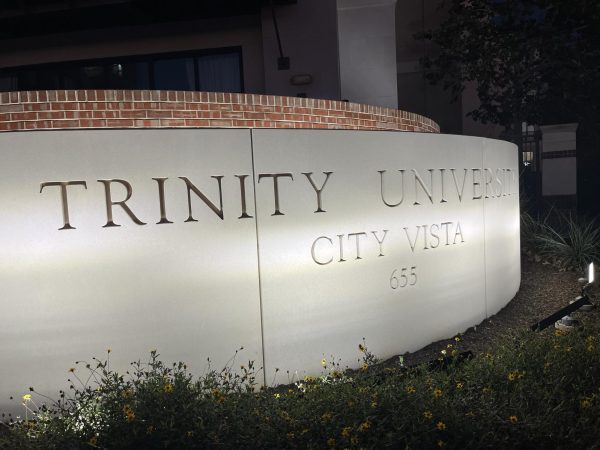Trinity is cautiously “opening up” as quarantine anniversary approaches
Two weeks after students, faculty and staff arrived on campus for the spring semester, Trinity is opening its grounds in a way that looks very similar to the fall.
Harrison Hartman, Anna Miller, and Lauren Dotson studying in the CSI
On Jan. 14, Danny Anderson, university president, announced in a mass email that for the first two weeks of Trinity’s spring semester, classes and activities would be conducted virtually. Anderson explained that although they had been receiving good statistics from testing student athletes who moved in early, this decision was in response to the situation in Bexar County. Needless to day, this ruling was shocking to those who believed spring semester would look similar to previous years.
“Last semester I was hoping this semester we’d be able to transition into something that looks a little bit more normal,” said Meagan McKee, an on-campus first-year pursuing a degree in engineering science. “I was hoping that with the vaccines rolling out we’d be able to start opening up a little more but I do see where the numbers haven’t improved to the level that they are wanting yet.”
Anderson also mentioned that, on Feb. 8, administrators would reevaluate the situation to determine whether Trinity was fit to return to a model similar to the fall including “face-to-face, hybrid, and remote classes and safe student activity levels for both on and off campus students.”
With all of this in mind, official move-in week for Trinity students began January 20 in which students’ move-in times were staggered over three days, depending on their dorm. They were also required to receive a self-administered covid test upon arrival. Almost all buildings were closed with the exception of Mabee Dining Hall, Coates Student Center and residence halls. The Bell Athletic Center and the Center for Science and Innovation were limited in opening up and the library was only accessible to pick-up orders.
Tess Coody-Anders, the Vice President for Strategic Communications and Marketing at Trinity, has taken over in managing Trinity’s covid response. Every week after students moved in, mass testings identical to the first day were performed in order to navigate the covid situation on campus over time.
“The beginning of that testing helped us determine how much of the virus was being brought onto the campus from other places — people returning to campus from home whether that was faculty, staff or students,” said Coody-Anders. “These two weeks where we’ve been in a little bit of a pause has helped us slow down interactions so that we could test and determine how much of any transmission was now happening within campus.”
Coody-Anders reported that the results from mass testing this past month have been good.
“We believe that that slow down helped us get a handle on the presence of the virus on our campus before we turned the spigot up in terms of the amount of activity and interaction on campus,” Coody-Anders said.
For off-campus students, the experience will, again, be pretty much the same as it looked in the fall.
“They will have access to all of the same buildings and activities that all of the on-campus students do and classes they normally would,” said Coody-Anders. “Likewise, we would ask that students off campus also continue to participate in Protect TU Health Pledge and all surveillance testing where they are requested to join in.”
Coody-Anders also shared an observation from this past fall, imploring students, especially those off campus, to be responsible about their socializing.
“What we learned in the fall semester is we don’t see transmissions happening in classrooms or labs. Where we see people catching covid and causing other people to have to quarantine are in social situations off campus.”
In order to limit these instances, Coody-Anders introduced “safe spaces” for students to socialize safely on upper and lower campuses.
“We opted in to creating more outdoor spaces where students can safely gather. This is what we’d call the ‘harm reduction approach’. Let’s not pretend that people aren’t going to get together. Instead, let’s provide spaces in ways where you can do it more safely than you would if you did it on your own.”
She also wanted to remind everyone that “Just because there’s a vaccine on the horizon and some people are getting it, does not mean it’s time to let up.”
However, Coody-Anders says she was overall very satisfied with the Trinity population’s response to covid regulations.
“I’m really proud of the fact that our students, faculty and staff have been able to keep our numbers so low through their commitment to health and safety. We don’t see that many exposures normally and that’s a good sign that we need to keep it up.”
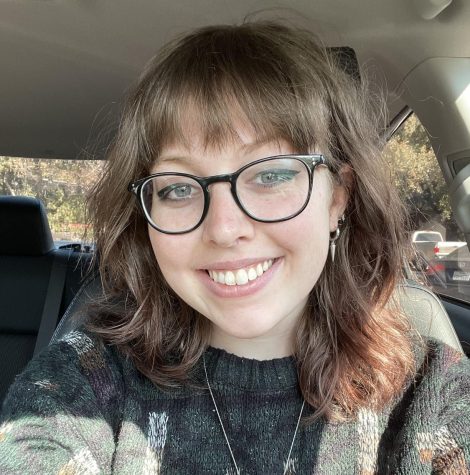
My name is Claire Sammons and I am an Anthropology and Communications double major. I have worked for the Trinitonian since fall of 2020. I became a photographer...

